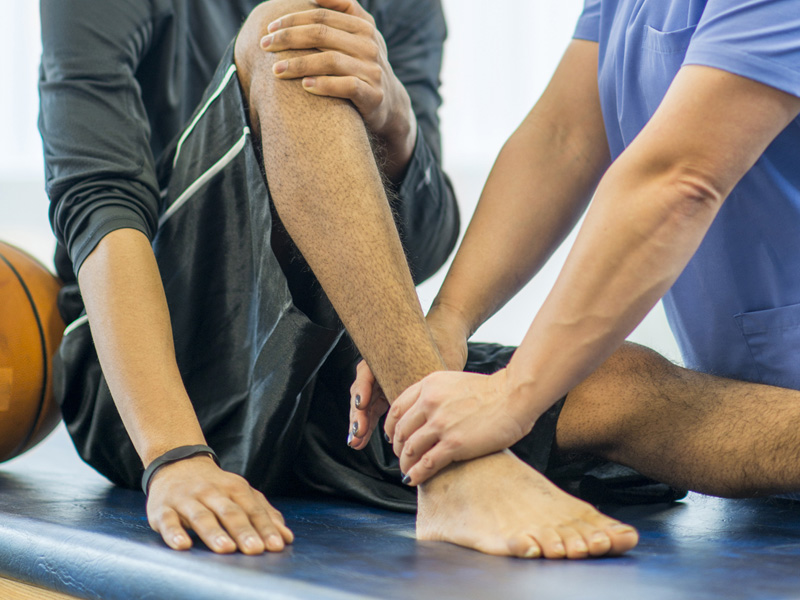The concept of a sports medicine physician can be a difficult one as it is one of the “newest” medical specialties having only been in existence for 40 years. We often get stuck on the first part of the name “sports” implying that all we do is deal with athletes. As I’ve covered in early blogs there is so much of musculoskeletal medicine that is NOT surgical and in fact SHOULD NOT be surgical, so that leads to the question what do I do as a sports medicine expert? My entire career (and even my undergraduate training) has been focused on the musculoskeletal system. To put it bluntly, it’s what I do. I understand the anatomy, physiology and most importantly the biomechanics (how the bones, muscles and tendons move in relation to each other). In my practice we don’t just treat the problem, we treat the reason it happened in the first place. What’s ironic about medicine today is that insurances will pay to treat any condition, but when it comes to prevention, they often fall incredibly short. By partnering with excellent physician partners, high-definition imaging and quality physical therapists I am able to ensure that we can treat the underlying causes of your pain or injury.
So how do we do all of this? Like baking a cake, it’s all about putting the ingredients together (the history, physical exam and imaging). Various studies have shown how taking a proper history can elicit nearly 75% of issues, but taking a good history and asking specific questions I believe makes that number even higher. When you’re in my office for a visit you get the time needed to walk through your problem with me and we talk about the specifics of your issue. I do everything that I can to make sure you do not feel rushed through the appointment and that your time coming for the appointment is valuable. I’m not perfect and on rare occasions I do fall behind because I take the time each patient needs on every visit. We work diligently to not overschedule or double/triple book appointments to keep that time available.
The physical exam is used to confirm what we suspect from history or if there aren’t enough clues the physical exam can guide us on next steps. A physical exam should be comprehensive to the issue you are currently dealing with. Certainly, if we know you have a certain issue like osteoarthritis of the knee and have been treating it for years an exam can be more cursory, but for new problem it should involve a few things. My physical is exam might seem quick at times for a patient but it involves the following elements: inspection (where we look at the region and surrounding area), palpation (where we examine various areas that might clue us in on where the issue is), strength testing (often I test key muscles that lead to your issue, some of these tests are dynamic in nature, for instance if you have a knee issue we may ask you to squat down and evaluate how well your hip can control your knee), and finally special tests. All physicians are trained in a similar manner when it comes to special testing, but we can use those tests differently and sometimes modify or create tests to evaluate other specific issue. At the end of the day, especially when it comes to sports medicine, your provider should lay hands on you and perform a proper physical exam.

